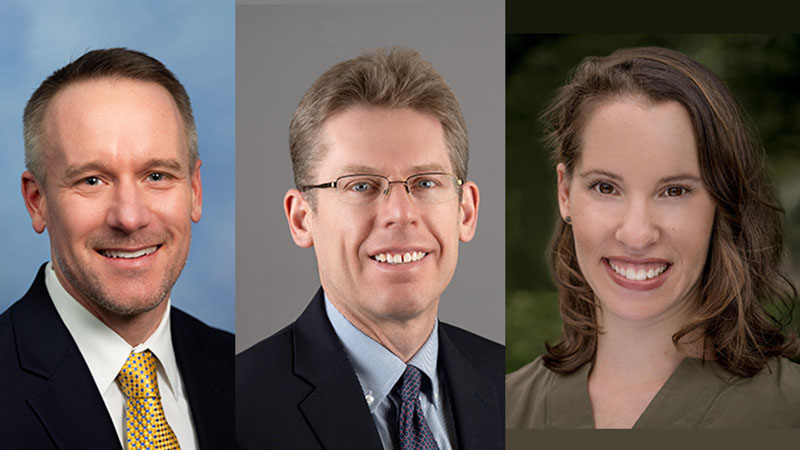
So you have been working hard to keep your New Year’s resolutions. Why not add one more resolution this year to engage in advocacy and advance health policy solutions that will improve care for older patients with serious illness?
Don’t let the political challenges of the day- such as government shutdowns- make you cynical. There has never been a better time than now for you to get involved!
Readers of this blog know that geriatric care and palliative medicine are the cure for what ails this country. You know thatolder adults with >4 chronic medical conditions account for 80% of medicare spending, and that effective geriatric and palliative care improve quality of life and maintains independence. It is time to share that knowledge and your personal vision for better health care for the US with policy makers. They count on those on the front lines of health care to ensure they are informed. And if we are not weighing in to tell them how policies under consideration will impact patients and families, who is there to deliver our message?
Here are just a few important reasons for you to begin advocating for ‘GeriPal care’ across the country:
1. SGR reform-
The sustainable growth rate is flawed and must go. The time is now. Temporary delays are no longer feasible. Your voice matters.
2. Adequate workforce-
Both Geriatrics and Palliative medicine are the solution for helping deliver better care to those with serious illness. But to do so, access to care must be improved and all health care providers and training structures must be maintained. The Palliative Care and Hospice Education and Training Act (PCHETA) – S. 641/H.R. 1339– will expand opportunities for interdisciplinary training in palliative care. Learn more about the bill crafted by AAHPM and endorsed by AGS. Then use the AAHPM’s online Legislative Action Center (see more below) to contact your lawmakers and urge their support.
3. Better advance care planning-
GeriPal’s Dr. Sudore and many others have shown the benefits when advance care planning is well done and have tried to make it easier with technology. When lawmakers attempted to establish a mechanism for Medicare reimbursement for physician time spent in voluntary conversations about goals of care, opponents of the Affordable Care Act claimed the bill would establish ‘Death Panels,’ and the provision was removed.
Now U.S. Reps. Earl Blumenauer (D-OR) and “Phil” Roe MD (R-TN) are advancing the Personalize Your Care Act (H.R. 1173) to refocus attention on this important issue. As a physician and Republican, Roe brings personal knowledge of the importance of advance care planning as well as a bipartisan approach. This legislation would provide coverage under Medicare and Medicaid for voluntary advance care planning consultations, make grants available for communities to develop programs to support “physician orders for life-sustaining treatment” to promote patient autonomy across the care continuum, require advance care planning standards for electronic health records, and allow portability of advance directives across states.
The time for ‘Death Panels’ is over. It is time for physicians to be able to be paid for this essential, difficult, time consuming work. Again you can use the AAHPM Legislative Action Center to contact your representatives in Congress and encourage their support. (Use this action alert.) The bill is also lacking a champion to introduce it in the U.S. Senate- ask your senators to step up today!
Remarkably, two new CPT codes describing the physician work involved in talking with patients and their families to establish an advance care plan including discussion and/or completion of advance directive forms are in development.
The two new codes are:
9949X7: Advance Care Planning, first 30 minutes
9949X8: Advance Care Planning, each additional 30 minutes
The AGS, AMDA, and AAHPM are working to help establish appropriate Resource-Based Relative Value weights with Medicare and other payers. But you must act to keep these issues active. Imagine Advance Care Planning codes being prepared without AAHPM involvement. See below to act and help keep AAHPM involved in the RUC by joining the AMA or renewing your AMA membership.
4. Access to care:
Potential issues you can act on include:
- ensuring timely access to opioids for patients with legitimate need as laws and regulations are rewritten to reduce inappropriate prescribing
- ensuring access to skilled stay for hospitalized older adults being admitted under observation
- ensuring access to hospice as regulations and payment mechanisms are revised
So it is time for you to get involved.
1. Take a minute and review the advocacy sites for your member organizations. Meet with the organization’s staff who work on public policy.
Here are just a few links to advocacy sites by organization:
American Geriatrics Society: Click Here
American Academy of Hospice and Palliative Medicine: Click Here
(look for an updated site coming in Spring 2014)
American Medical Directors Association: Dedicated to Long-Term Care Medicine: Click Here
Hospice Action Network: Click Here
2. You already advocate at your work with peers. Why not meet your local, state, or federal elected officials? You can request an appointment in their district office or invite them to visit your facility so they can see first-hand the difference GeriPal care makes in the lives of patients. Or start with a simple letter. Pick an issue that matters to you and get going. It is easier than you think if you use the advocacy centers above.
3. Are you a member of AAHPM?
The one important action for you is to JOIN THE AMA.
Only those specialty societies seated in the AMA House of Delegates can appoint a physician representative to serve on the Advisory Committee to the RUC. As payment models are devised that are essential to pay for the work that GeriPal providers do, we must be at the table. Unfortunately, AAHPM representation in the AMA House is in jeopardy. The Academy’s representation in the House of Delegates is dependent on having a minimum number of AAHPM members who belong to the AMA. (Specialty societies must meet a 20 percent threshold) AAHPM has until next April to increase its membership rate or risk losing its role in the AMA House.
Clickhere for more on why joining the AMA is important for palliative care physicians.
Click here to join the AMA.
Act now to Save the AMA seat for AAHPM.
(IF like me you are a member of AMDA, AGS, and AAHPM your AMA membership counts for all 3 organizations)
So make a resolution, pick an issue that is important to you and make your voice heard.
by: Paul Tatum


